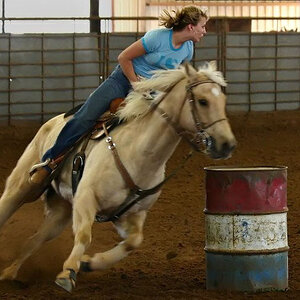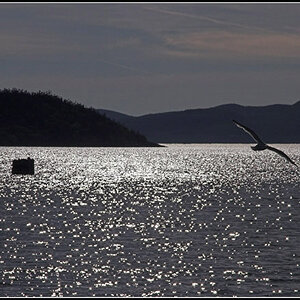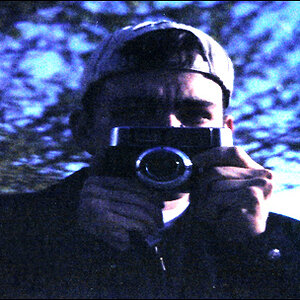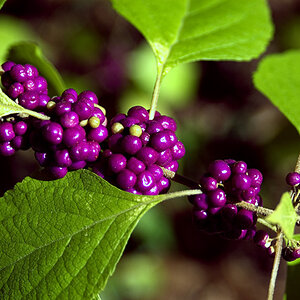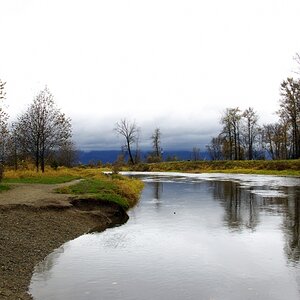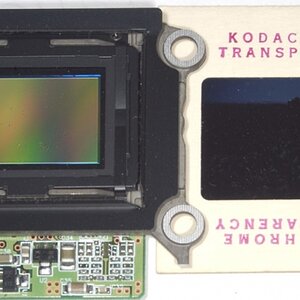inou
TPF Noob!
- Joined
- Nov 8, 2017
- Messages
- 5
- Reaction score
- 0
- Can others edit my Photos
- Photos OK to edit
Hi,
I took this photo with DSLR Canon D600. It was a sunny day, why did the phto come out granular?
Imagebin - Somewhere to Store Random Things
I took this photo with DSLR Canon D600. It was a sunny day, why did the phto come out granular?
Imagebin - Somewhere to Store Random Things


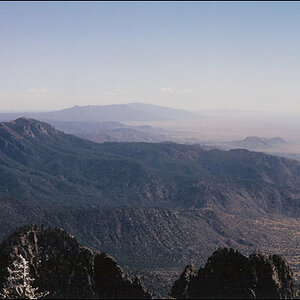
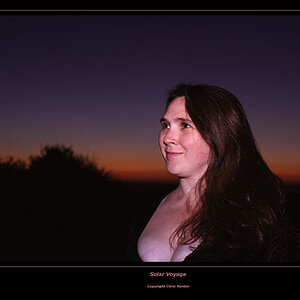
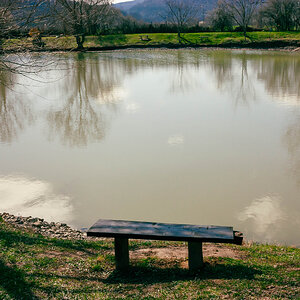
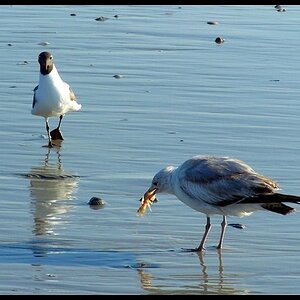
![[No title]](/data/xfmg/thumbnail/36/36399-041c9ebc3a39e89ec8e39243c0d43528.jpg?1619737551)
